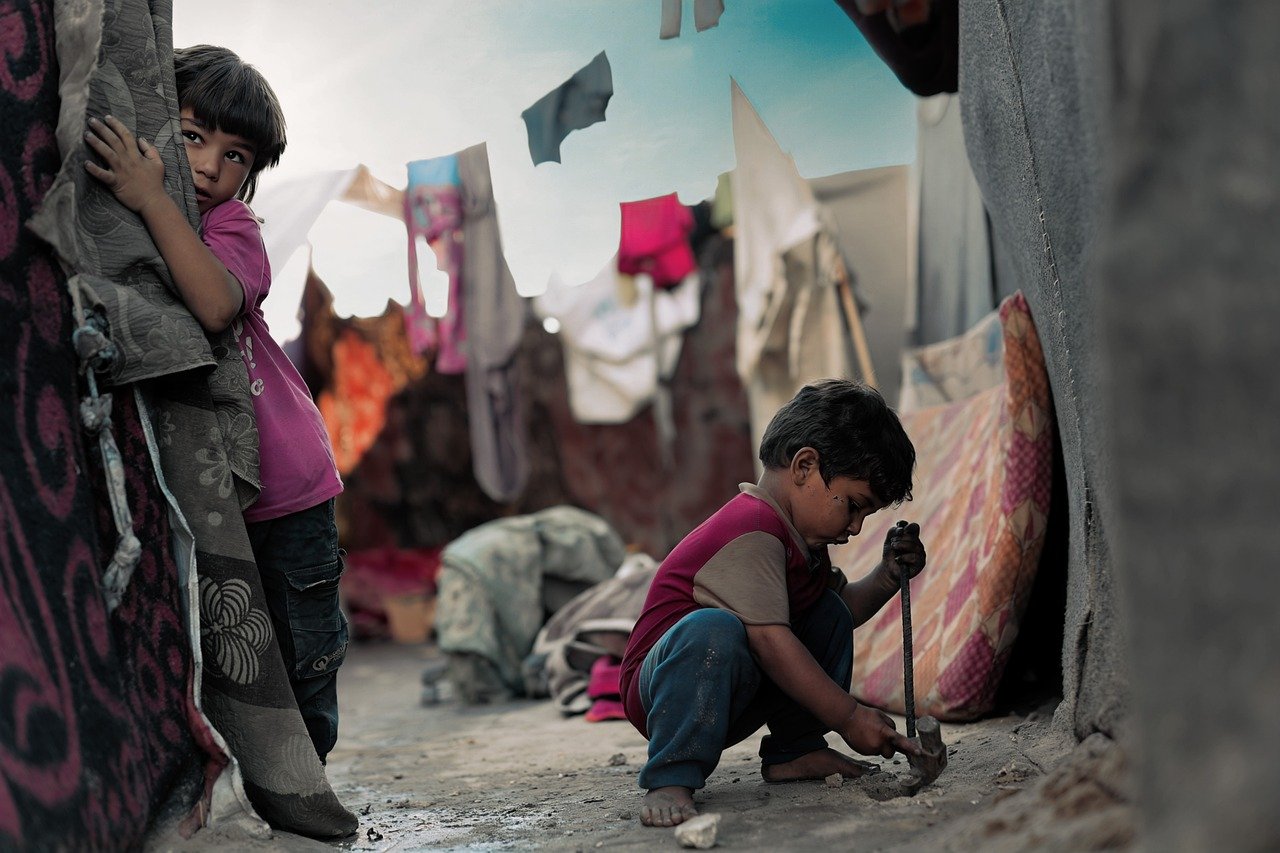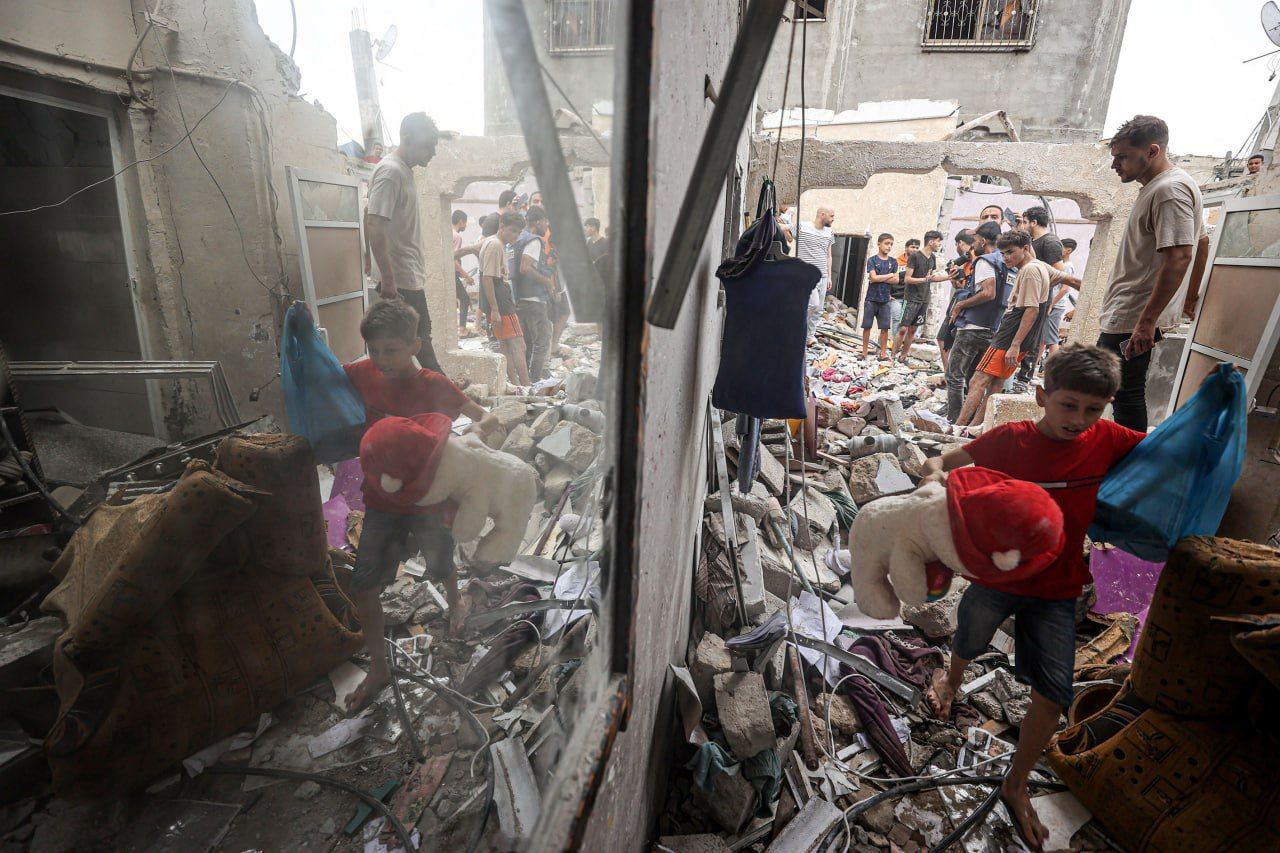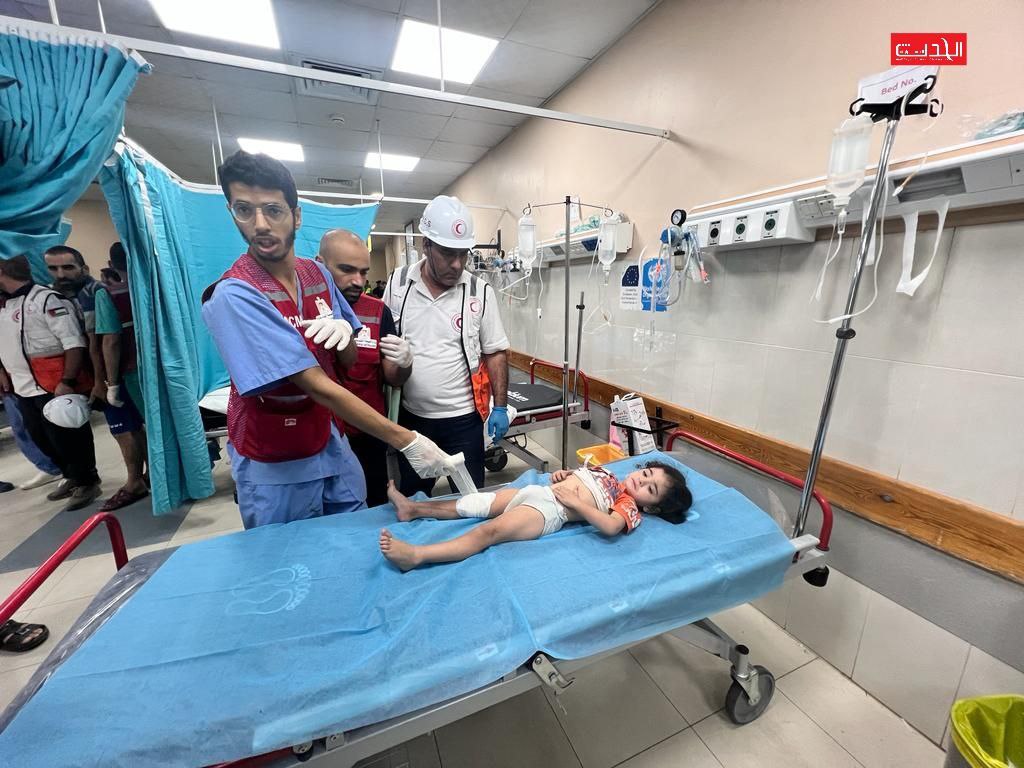As you read this article, you’re probably sitting comfortably on a sofa, bed, or chair connected to the internet through your phone or laptop. Life likely flows as per your routine—you’ll scroll through this piece, learn about Gaza’s current situation, and then return to your work and daily life.
Right?
Maybe the citizens of Gaza dream of the same—returning to their jobs, reuniting with their displaced families, and living a normal life again. But sadly, that feels impossible right now. The reality of Gaza, especially after October 7, 2023, is a burden too heavy to imagine.
For over 14 months now, the people of Gaza have endured genocide—unimaginable pain and suffering. In life, sorrow may visit, but it usually passes with time. For the people of Gaza, however, this pain seems never-ending, a wound that refuses to heal.
In these 14 months, they’ve watched their homes, workplaces, families, and even their sense of self crumble into nothing. For them, airstrikes, violence, and hunger have become part of life—a haunting new normal.
They’ve lost their houses, their livelihoods, and their loved ones to relentless Israeli airstrikes. Now, it feels as if the people of Gaza are just waiting—waiting for life to end as hope slips further and further away.
The Daily Life in Gaza
To be honest, understanding the current situation in Gaza requires nerves of steel. Only those who can endure immense emotional pain can truly process what’s happening there. Today, Gaza has nothing left but rubble. The thought of having a roof over their heads is probably something its people have long forgotten.
Right now, the people of Gaza are forced to seek shelter wherever they can—whether it’s in overcrowded schools, flimsy tents, or makeshift homes made of mud by the sea. Even in these places, there is no peace. Every moment is filled with fear and dread, wondering when death will rain down from the skies again.
There are no basic facilities—no hygiene, no proper bathrooms, and no beds to sleep on. According to reports, 1.9 million people—90% of Gaza’s population—are displaced, with many forced to flee multiple times. Just imagine their lives: constantly on the move, carrying whatever little they have, searching for safety while holding their families close.
Many families are sleeping in the cold, on the bare ground, without any roof over their heads. In some places in the world, people sleep on the streets but not might be starving, but in Gaza, hunger is everywhere. For nearly four months now, humanitarian aid has been blocked, and the result is devastating—hunger has taken over.
Women, children, and entire families stand in long lines as early as 6 a.m. just to get food. Sometimes, what little food arrives is looted, and many return home empty-handed. Imagine that—standing all day for a piece of bread, only to go hungry again.
The Israeli army has destroyed over 700 water wells and wiped out entire farms. Farmers who try to grow food are arrested, and markets where people attempt to buy anything are targeted with airstrikes. For the people of Gaza, there’s no escape. Death surrounds them from all sides.
Children no longer wake up and go to school. Instead, they join food lines, hoping to ease their hunger. Women don’t have access to basic hygiene products—forget about sanitary pads; they don’t even have proper clothing.
Every day, more than 150 women give birth in Gaza, but there is no proper medical care for them. Many mothers die due to the lack of assistance, and their newborns suffer from severe malnutrition, with many unable to survive.
For the men of Gaza, each day is a fight for survival. They wake up wondering how they’ll provide for their families, where they’ll find food, and how they’ll keep everyone safe. They can’t work; there are no jobs and no opportunities.
Yet, they carry the weight of protecting their families, ensuring their children stay healthy, caring for their wives, and somehow finding a way to keep going.
Every single person in Gaza—men, women, children—is facing unimaginable pain. Each one is struggling to survive, battling challenges that seem insurmountable. And yet, they endure because they have no other choice.
Palestinians Live Matters
The world has taken the suffering of Gaza’s people so lightly that it’s as if their lives don’t matter at all. Every day, on average, 10-12 people in Gaza are killed by the Israeli army as if their existence is disposable. On December 22 alone, eight civilians lost their lives—inside a hospital—where they were being treated for their wounds.
To Israel, it seems these lives hold no value. Strikes can happen anywhere, anytime—on anyone. And what’s even more heartbreaking is that the world is merely watching. There are no actions, no sanctions, and no efforts to stop this relentless violence. Worse still, powerful nations like the U.S. are fueling this genocide by providing weapons to Israel, becoming accomplices in this unimaginable tragedy.
It’s time for the world to wake up. Fourteen months of unimaginable suffering have passed, and now, someone must take a stand. A ceasefire is not just necessary—it’s urgent because the lives of Gaza’s people matter just as much as the lives of anyone else.
Gaza’s cries can no longer be ignored. Their pain, their loss, their humanity—it all matters. And the world must act before it’s too late.

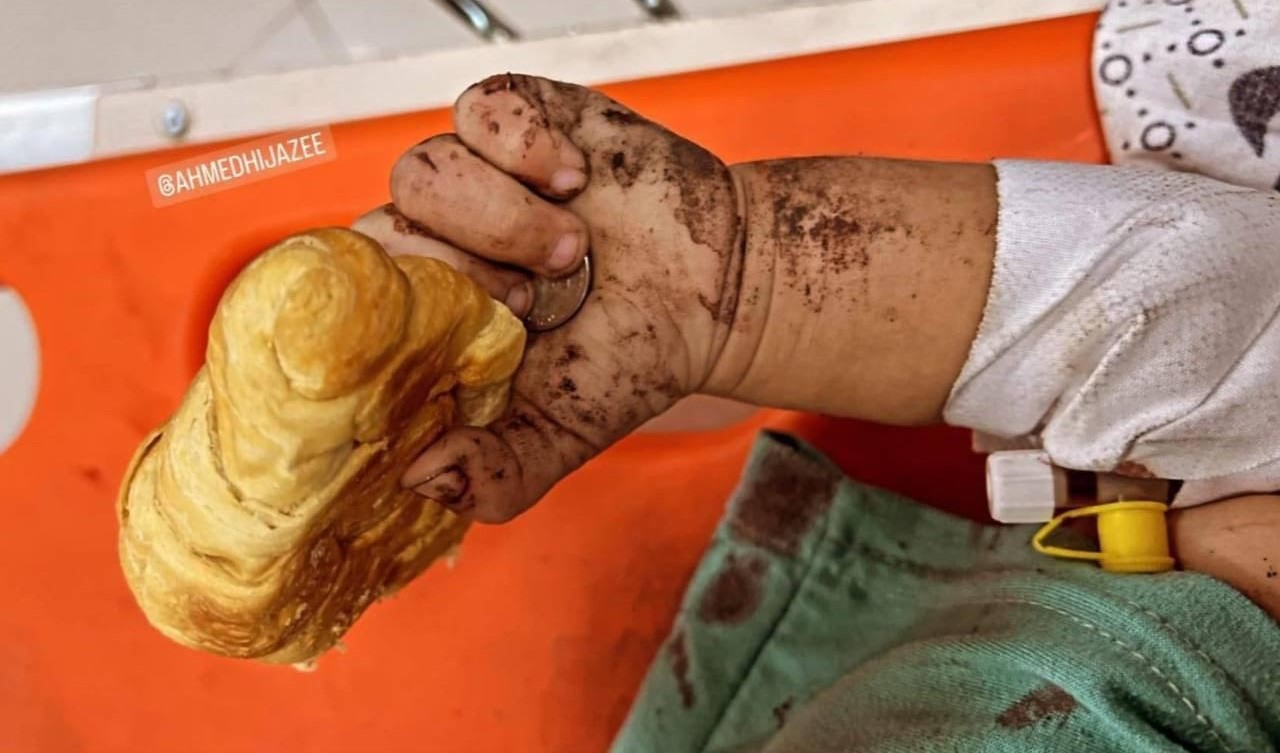

 Featured1 year ago
Featured1 year ago


 Featured2 years ago
Featured2 years ago
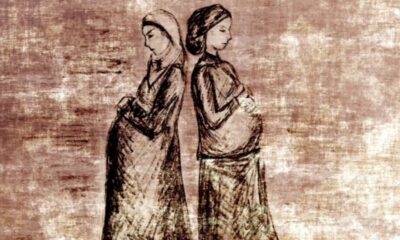

 Featured1 year ago
Featured1 year ago
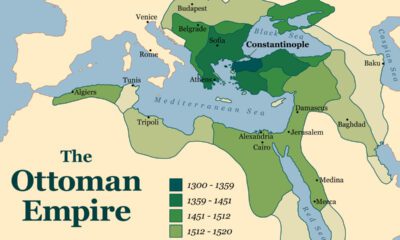

 Featured4 years ago
Featured4 years ago


 Featured2 years ago
Featured2 years ago


 Featured4 years ago
Featured4 years ago


 Featured1 year ago
Featured1 year ago


 Featured2 years ago
Featured2 years ago